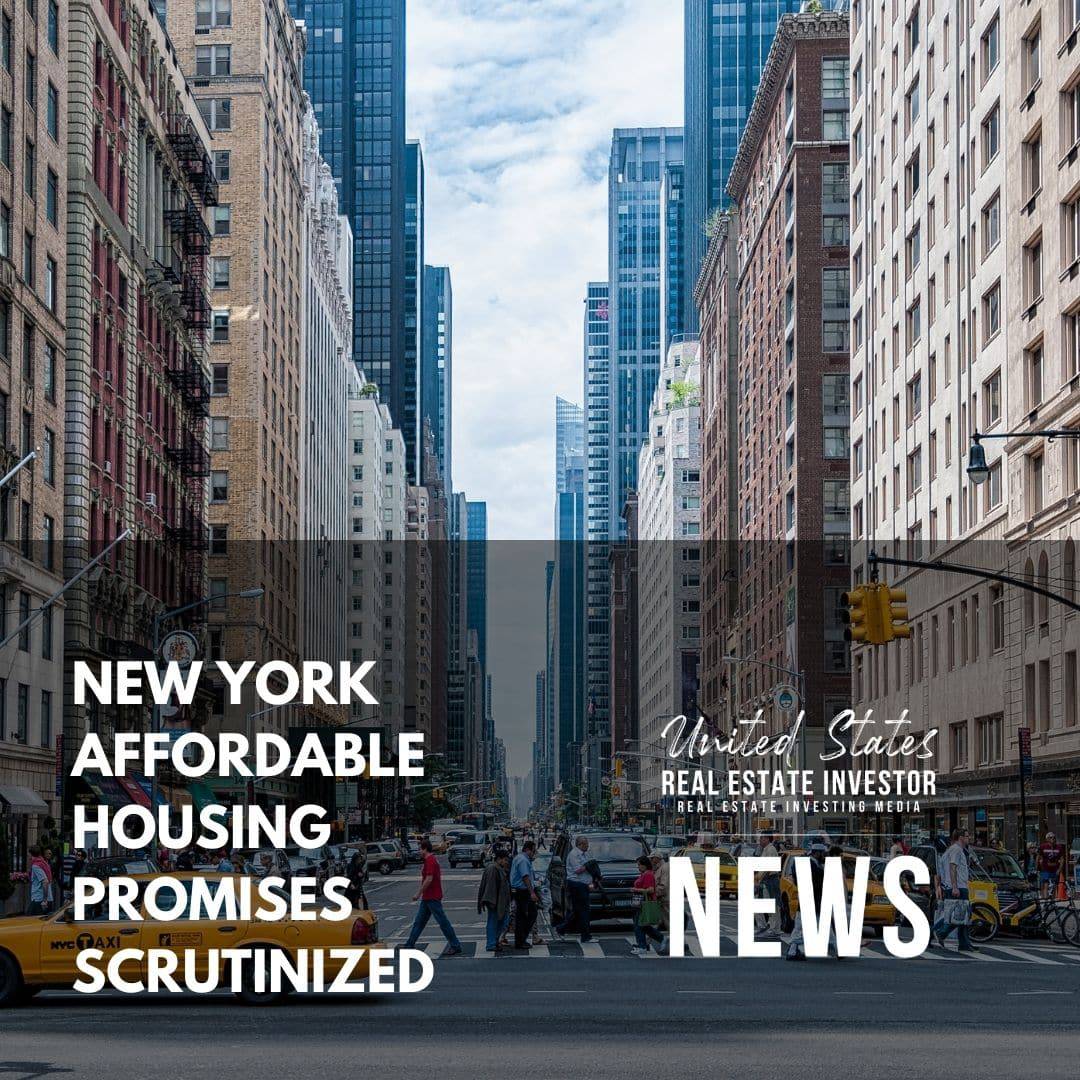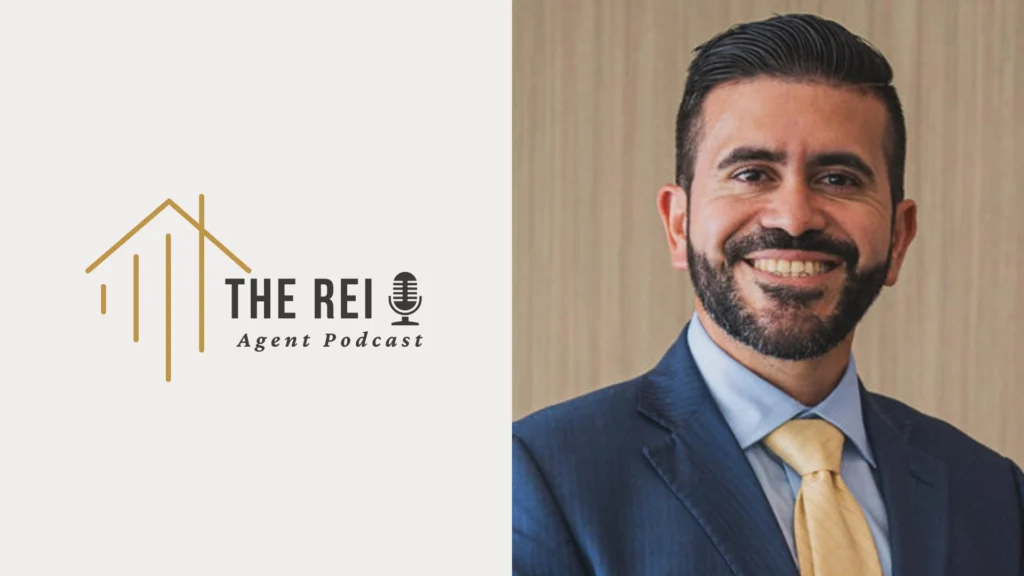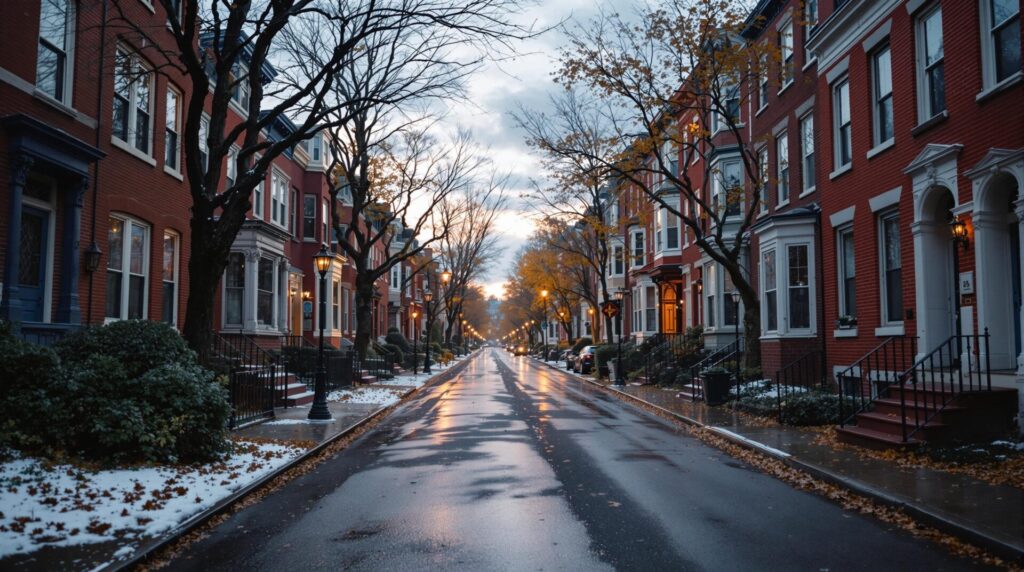
Transcript
Advertiser
Longhorn Investments
Need funding for your real estate investment deal? Longhorn Investments is professional, reliable, and fast!
Currently serving Texas, Tennessee, North Carolina, Missouri, Alabama, and Indiana, Longhorn Investments, LLC is a direct private lender offering short-term acquisition and renovation capital to real estate investors for both residential and commercial assets.
With Longhorn Investments, you can receive up to 75% of ARV, finance up to 100% of cost, close in 3 – 5 business days, no income requirements, a streamlined, simple approval process, and no prepayment penalty.
Formed in 2008, Longhorn Investments has funded over 4000 loans since its inception and includes complimentary businesses including a title company and real estate law practice.
Longhorn’s wealth of experience puts them in the unique position of being able to help investors throughout all aspects of each transaction.
To get started today and see why Longhorn Investments is the superior lending experience, call and speak to Lawrence Hopkins at 314-749-7616.
That’s 314-749-7616 or visit Longhorn Investments at LonghornInvestments.com.
Longhorn Investments
Hard Money Lending Simplified

Mass Walmart Abandonment Creates Post-pandemic Opportunity
With the closure of many primely located Walmart stores over the years and coupled with the COVID-19 pandemic, a St. Louis, Missouri firm seeks to increase commerce revenues by creating new town squares in various metro markets.
Quoting Steph Kukuljan of the St. Louis Post Dispatch, “As retail reeled during the coronavirus pandemic, a group of local investors kept buying shopping centers.
MRP Capital Group, a Clayton private equity real estate firm, buys Walmart “shadow” centers — shopping strips located near the giant discount retailer — in small towns overlooked by other real estate investors. And despite the pandemic walloping traditional brick-and-mortar retail, the firm is booming. It raised $105 million to buy 42 properties over the past year and aims to keep buying. It’s an example of a retail model that’s working, even as shoppers go online and the pandemic continues to hit storefronts.
“It’s kind of the new Main Street where Walmart is the center of these communities. It’s where everybody goes grocery shopping and makes other purchases,” said managing partner Jordan Breck. “Everything that they can’t do at a Walmart, they can do with our centers.”
Many brick-and-mortar retailers struggled during the pandemic. Foot traffic died. Some stores had to close for a while. Rent still came due. Shoppers, meanwhile, headed online to make purchases.
But where some retailers faltered, others thrived. The DIY crowd flocked to hardware and home improvement stores. Automotive businesses like car washes and repair shops have even been looking to expand. And the pandemic delivered a “sales windfall” to the grocery industry, said Mike Swearngin, senior vice president of commercial real estate firm Pace Properties.
That left Walmart, already a grocery store juggernaut, breaking sales records during the pandemic. Revenue grew $35 billion to $559 billion last fiscal year and has continued to rise: In August, the company reported a $3.3 billion, or 2.4% increase in revenue, to $141 billion.
A high-performing Walmart can draw 150,000 to 200,000 visits per month, a boon for nearby businesses. Shadow centers are typically made up of service-oriented retailers such as restaurants, financial services, hair salons, cellphone stores and dentists — which usually can’t be done online.
“The visibility and foot traffic that adds to a shadow-anchored retail strip center with millions of customers parking next door is irreplaceable to tenants,” said Colliers commercial real estate vice president Alex Perez, who has worked with MRP before.
RELATED CONTENT
MRP Capital began buying Walmart shadow centers in 2015. It now employs 25 people and owns more than 60 centers in small towns across the U.S. — including four in the St. Louis region — with tenants such as Dollar Tree, Great Clips and Verizon Wireless. In July, it closed on the $105 million fund, its first-ever, that it used to buy the centers across 23 states.
“If you can go out and execute on $100 million funds in the heart of COVID, nobody can argue that MRP knows what they’re doing,” said Joe McClary, a managing partner at MRP.
The company hasn’t been entirely immune to the pandemic. MRP deferred or abated rent for about 35% of its tenants, Breck said, which it offset with some mortgage deferment by its lenders.
Still, since the pandemic’s start, MRP lost just two tenants, a national women’s clothing chain and a vitamin shop.
“99.9% of our retailers have thrived through COVID,” McClary said. “Service-oriented retail is not going away.”
McClary and Breck said they will be targeting more acquisitions in the southern half of the country while doubling-down on existing markets.
“We want to continue to scale,” Breck said. “We’re just getting started with Walmart shadows.”

New York Affordable Housing Promises Scrutinized
After the clearing of court battle clouds, some New York citizens still question developer motives and trustworthiness as highrises begin breaking ground.
Quoting C. J. Hughes of The New York Times, “With the lawsuits settled in favor of change in Inwood, developers have begun nosing into the middle-class northern Manhattan enclave, intent on putting up tall new buildings where they were not permitted before.
Since last fall, when New York’s top court greenlighted a sweeping rezoning of the area, builders have acquired a half-dozen redevelopment sites. At the same time, a handful of projects that were put on hold for years while a lawsuit to halt the rezoning wound its way through courts, have recently snapped back to life.
Many of the new projects contain unusually large amounts of affordable housing, which could allay fears about Inwood’s becoming New York’s latest bastion of luxury. And the arrival of developers has been more of a trickle than a flood, at least for now.
But opponents still worry that just like in reinvented areas like Hudson Yards, the rezoning has opened the door to gentrification whether if it happens immediately or not.
“I moved to this area for the character of the neighborhood,” said Robert Kleinbardt, the owner of the real estate firm New Heights Realty and a 31-year resident. “And while the rezoning might be good for me financially, the last thing I want to see is a Pottery Barn or Bed Bath & Beyond up here.”
So far, big-box stores are not present in Inwood, which is wedged north of Dyckman Street between the Hudson and Harlem Rivers.
But in round one of the latest development, builders have taken steps to install apartment buildings and schools on the former sites of auto-body shops, supermarkets and even a public library, though it will be replaced.
In 2015, as city officials were showing an interest in rezoning Inwood, the co-developers Maddd Equities and Joy Construction bought a stake in the property for $4.3 million. In August 2018, a few weeks after the city approved the zoning, excavations began.
But in December of that year, a group of nonprofits and neighbors who got together and called themselves, “Northern Manhattan Is Not for Sale,” sued to undo the new rules, saying the city “failed to take a hard look at critical and likely impacts” like increased traffic, evictions and shuttered restaurants. Construction came to a halt; a half-finished foundation sits there today.
Frustrated, the developers said they considered putting a warehouse on the site. As it is, the three-year delay has hiked costs on the $300 million project by $5 million.
“In a way, the city won the battle and lost the war,” said Frank Chaney, a land-use attorney with the firm Rosenberg & Estis who’s not affiliated with any Inwood projects. “But it probably won’t be the end of life on earth as we know it.”
For the complete report of this story by The New York Times, see links in the news notes.
quick content suggestions
How Technology is Fueling Commercial Real Estate
https://www.benzinga.com/real-estate/reit/21/09/22882499/how-technology-is-fueling-commercial-real-estate
Find Your Ideal Real Estate Mentor With These 14 Strategies
https://www.forbes.com/sites/forbesrealestatecouncil/2021/09/08/find-your-ideal-real-estate-mentor-with-these-14-strategies/?sh=614c7f746a1c
news notes
Clayton Real Estate Firm Sees Opportunity In Walmart’s Shadow
https://www.stltoday.com/business/local/clayton-real-estate-firm-sees-opportunity-in-walmarts-shadow/article_a7b1d3fe-7554-5522-a09a-cfaa5e242913.html
Inwood Watches Closely as New Zoning Kicks In
https://www.nytimes.com/2021/09/10/realestate/inwood-manhattan-new-zoning.html
No related posts.























